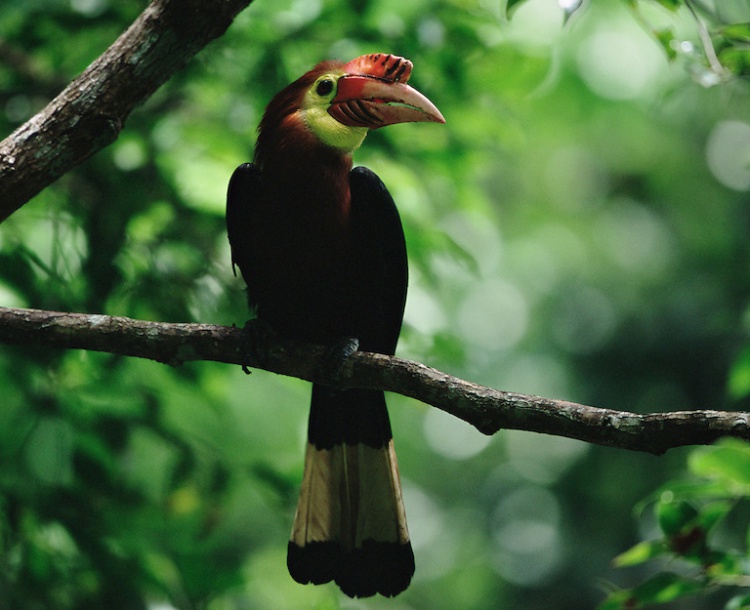The Birth Of An Endangered Bird Was Praised By Wildlife Conservationists
ENDANGERED BIRD – The endangered bird specie Walden’s Hornbill or Rhabdotorrhinus waldeni gave successfully bred in Negros Occidental.
Negros Occidental is truly a home for diverse species of animals. Last year, one critically endangered specie was found in Bacolod City, Negros Occidental.

Meanwhile, at the Nragros Forest Park or formerly Negros Forests and Ecological Foundation Incorporated,
Vice president of Talarak Foundation Incorporated, Paul Lizares, said that the newly-hatched bird was given the name ‘Valentin’. Because it was first noticed singing from the tree where it is concealed by its mother.
This is according to an article from Inquirer.
The newly-hatched bird’s parents named Ligaya and Kalintaw were actually from the wild.
After the female Walden Hornbill or Talarak lays eggs, she stays inside a tree trunk to incubate the eggs. It will then release the chicks when they are fully fledged.
As the incubation happens, the male Walden Horbill is responsible for the whole family’s food. So when the male is hunted or captured, the whole family starves to death.
Currently, the Walden Hornbill is considered near extinct.
Fernado Gutierrez, Talarak Foundation Incorporated or TFI’s president revealed that the birds are functionally extinct in Negros in his statement:
“They are functionally extinct in Negros, and there have only been a few sightings and calls heard, but no photographic proof, so far.”
The birds used to fly and can be seen in the forests of Negros Island and Panay.
According to the breeders, it took them nine years to successfully hatch a Walden Horbill chick.
The birds, according to them, take so long to mature and they must be compatible with their partner in order to successfully breed.
The mother bird reportedly started sealing itself last January 4 and then laid her eggs a week after.
In total, three eggs were laid but only one of them successfully hatched.
Negros Forest Park’s head keeper, Jimmy Benzuela, looked after the birds’ health and kept watch for 105 days without taking a single day-off.
That is all there is to it, at least for now. We’ll post updates as soon as we got them.
